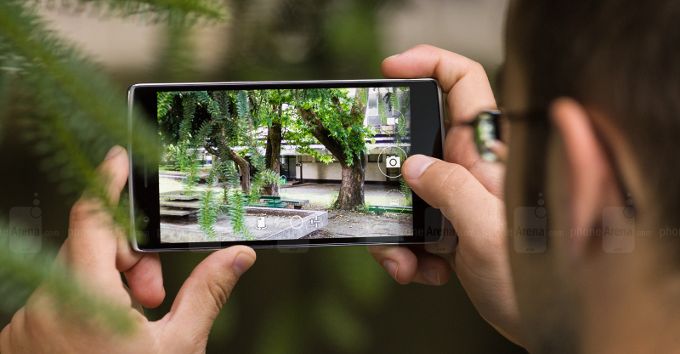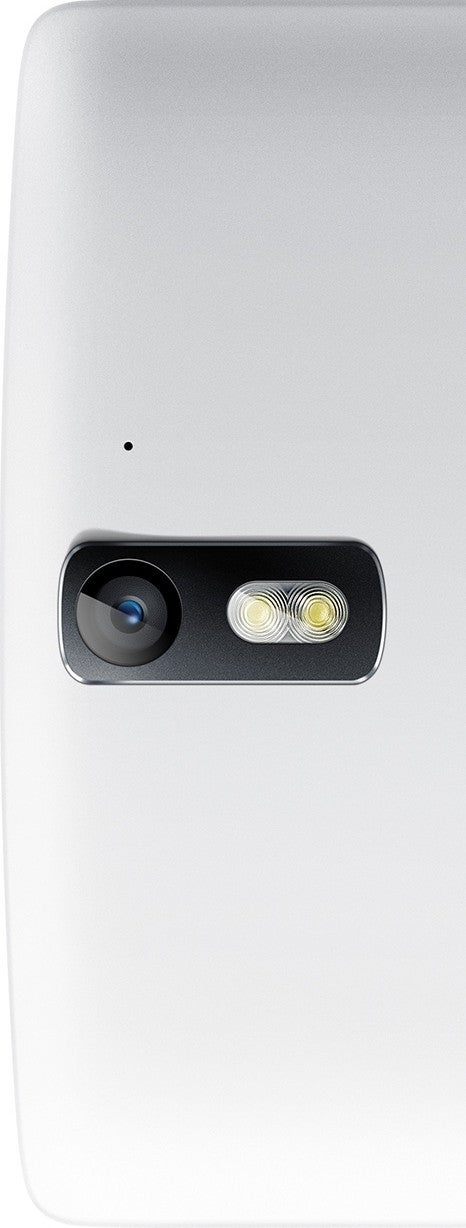The OnePlus One has one feature that no other phone does, but here's why you shouldn't really care

Setting the stage
Back in the early 2000s, the fight was on between silicon slingers Intel and AMD. So fierce was the competition, that some marketing geniuses at the latter company decided to use a clever, but ultimately deceiving (for the general populace), names for their processors, designed to indicate their equals from Intel. So an Athlon 2700+, according to AMD, was (theoretically) equivalent to an Intel Pentium chip clocked at 2.7GHz, even though the Athlon 2700+ peaked at just 2GHz. As you can imagine, this misled a lot of buyers, and AMD cut the practice short. Today, we have a somewhat similar case with 4K TVs, 4K content, and any related 4K marketing, though this time around manufacturers are all in on it.
As some of you will know, that super-expensive 4K TV you saw in that last showroom you visited, isn't actually 4K, which is a standard set by the Digital Cinema Initiatives (DCI) — a joint venture of several major motion picture studios, intended to set the standards for the architecture for cinema systems. Instead, what you're really looking at is an UHD TV, though it is likely referred to as 4K UHD at best, and just 4K at worst. Same thing is also true of your fancy smartphone's camera — it shoots UHD video, not 'true' 4K. So what's the difference?

Indeed, while we noted this in our OnePlus One review a year ago, the controversial Chinese smartphone start-up still is the only one to offer a device that can shoot both 4K UHD and 4K DCI. The difference, again, comes down to gains in resolution, but also a different frame rate — 4K DCI shoots at 24 frames per second (instead of 30), so it can look a bit more 'cinematic', as that's the frame rate you see moves at in theaters. We've seen this feature being raised as a way to earn some kind of bragging points (we guess), but is it really important?
Should you care?
Given the still very negligible number of UHD TVs in people's homes as a proportion of the general populace, and considering the rarity that are 'true' 4K units (including monitors), one could argue that shooting in UHD is all you need to do in order to fill every pixel on the screen with actual information. That's true.
It's also true that given the fact that most monitors and TVs nowadays have an 16:9 aspect ratio, it makes far more sense to go for UHD content, as that one will fill the entire screen (16:9), while 4K DCI content will leave you with two black bars on the top and bottom (256:135). But say you're interested in stabilizing footage by cropping it, or simply want to cut out some parts of the scene to create a screenshot or an image. That ought to finally add some good stuff to 4K DCI's pro's list, right? Unfortunately, at least in the case of the OnePlus One's DCI mode, that's just not the case.
To prove that, we took several short and completely identical videos in both UHD and DCI to see if those 256 extra horizontal pixels actually make a difference, or if some other quality of the footage would catch our fancy. Sadly, the very opposite happened — 4K DCI footage is softer, visibly less detailed, is occasionally hostage to excessive artifacts, and even focus seems to be messed up towards the edges of the footage. At the same time, variables such as exposure were essentially identical, though DCI videos are slightly more natural-looking in terms of color reproduction. Still, even in this case, the differences were almost negligible. Here's our proof:

4K DCI (top) vs 4K UHD (bottom)
This first sample is a great example of several problems with 4K DCI capture on the OnePlus One. First and most obvious is the loss of focus, though there's also comparatively excessive softness, and even loss of detail, though one could argue that we're reading too much into it, and this is just a problem with focus. But it's not:

4K DCI (left) vs 4K UHD (right)
Here's another example crop that was cut out from the center of the image, where focus should be fine. Once again, the softness of the DCI footage veils some very fine information (notice the plate numbers, concrete).

4K DCI (left) vs 4K UHD (right)
And here, you can see some extra artifacts rear their ugly face when shooting in 4K DCI, and likely due to different underlying algorithms. Detail, as always, is mushier. Here are two more examples:

4K DCI (left) vs 4K UHD (right)

4K DCI (top) vs 4K UHD (bottom)
Closing words
Being the only one to implement a new feature isn't necessarily a sign of innovation, and this shows with the OnePlus One's 4K DCI mode, as happy as is the geek in us that the folks at CyanogenMod actually addressed this technicality. In this case, at least, not only is the mode very limited in terms of what more you can do with it over 4K UHD, but the results also speak for themselves. 4K DCI on the OPO is defeated on both fronts — it lacks practical appeal, and even if you were part of a teeny-tiny minority that could make use of this, you'd probably still end up a bit disappointed with what it brings to the table.
Lastly, even if the mode does end up being improved (it won't, CyanogenMod no longer works with OnePlus, but bear with us), most will have little use of it — 4K UHD content still better fits 16:9 panels, and it doesn't seem like 4K DCI screens will go down in history as anything but a cinema exclusive.
Follow us on Google News











Things that are NOT allowed:
To help keep our community safe and free from spam, we apply temporary limits to newly created accounts: